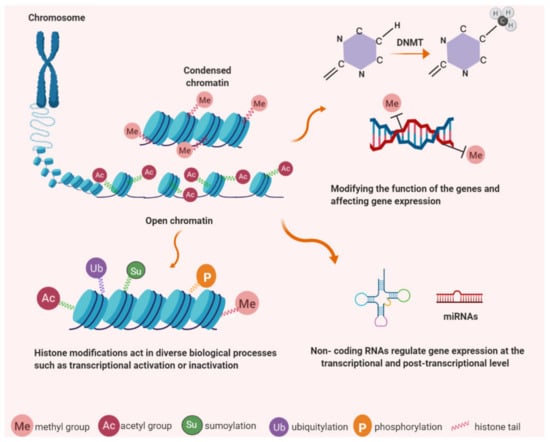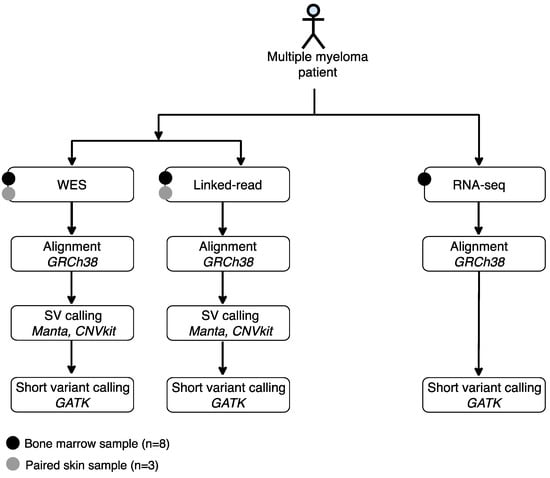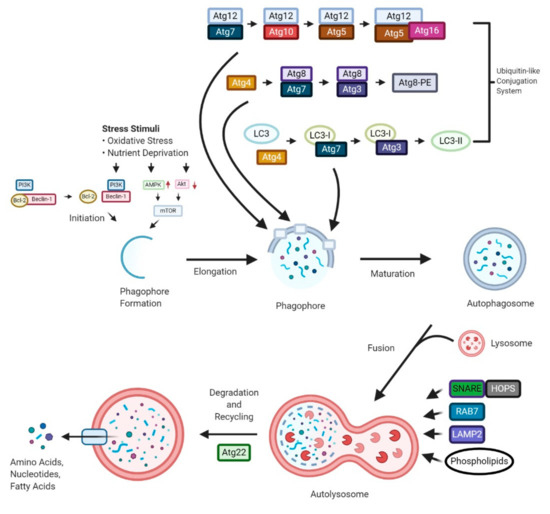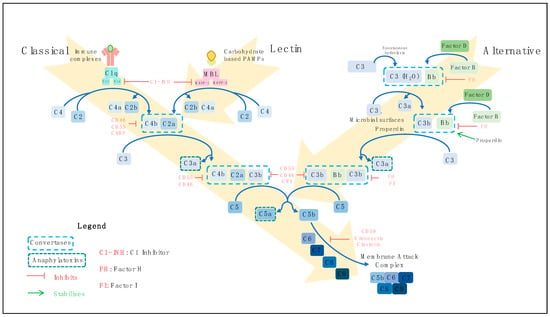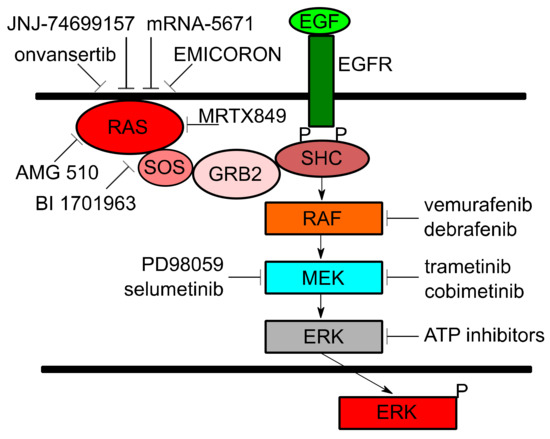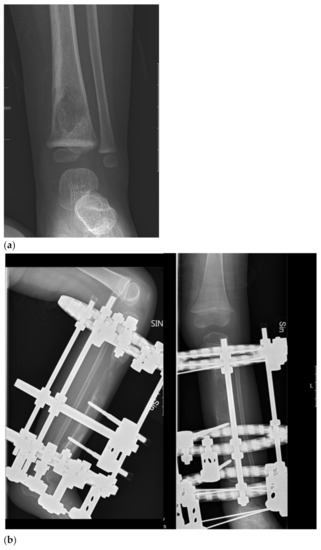Cancers 2021, 13(6), 1215; https://doi.org/10.3390/cancers13061215 - 10 Mar 2021
Cited by 24 | Viewed by 5211
Abstract
►
Show Figures
Neuroendocrine carcinoma of the cervix (NECC) is a rare and highly aggressive tumor with no efficient treatment. We examined genetic features of NECC and identified potential therapeutic targets. A total of 272 patients with cervical cancer (25 NECC, 180 squamous cell carcinoma, 53
[...] Read more.
Neuroendocrine carcinoma of the cervix (NECC) is a rare and highly aggressive tumor with no efficient treatment. We examined genetic features of NECC and identified potential therapeutic targets. A total of 272 patients with cervical cancer (25 NECC, 180 squamous cell carcinoma, 53 adenocarcinoma, and 14 adenosquamous carcinoma) were enrolled. Somatic hotspot mutations in 50 cancer-related genes were detected using the Ion AmpliSeq Cancer Hotspot Panel v2. Human papillomavirus (HPV)-positivity was examined by polymerase chain reaction (PCR)-based testing and in situ hybridization assays. Programmed cell death-ligand 1 (PD-L1) expression was examined using immunohistochemistry. Somatic mutation data for 320 cases of cervical cancer from the Project GENIE database were also analyzed. NECC showed similar (PIK3CA, 32%; TP53, 24%) and distinct (SMAD4, 20%; RET, 16%; EGFR, 12%; APC, 12%) alterations compared with other histological types. The GENIE cohort had similar profiles and RB1 mutations in 27.6% of NECC cases. Eleven (44%) cases had at least one actionable mutation linked to molecular targeted therapies and 14 (56%) cases showed more than one combined positive score for PD-L1 expression. HPV-positivity was observed in all NECC cases with a predominance of HPV-18. We report specific gene mutation profiles for NECC, which can provide a basis for the development of novel therapeutic strategies.
Full article


